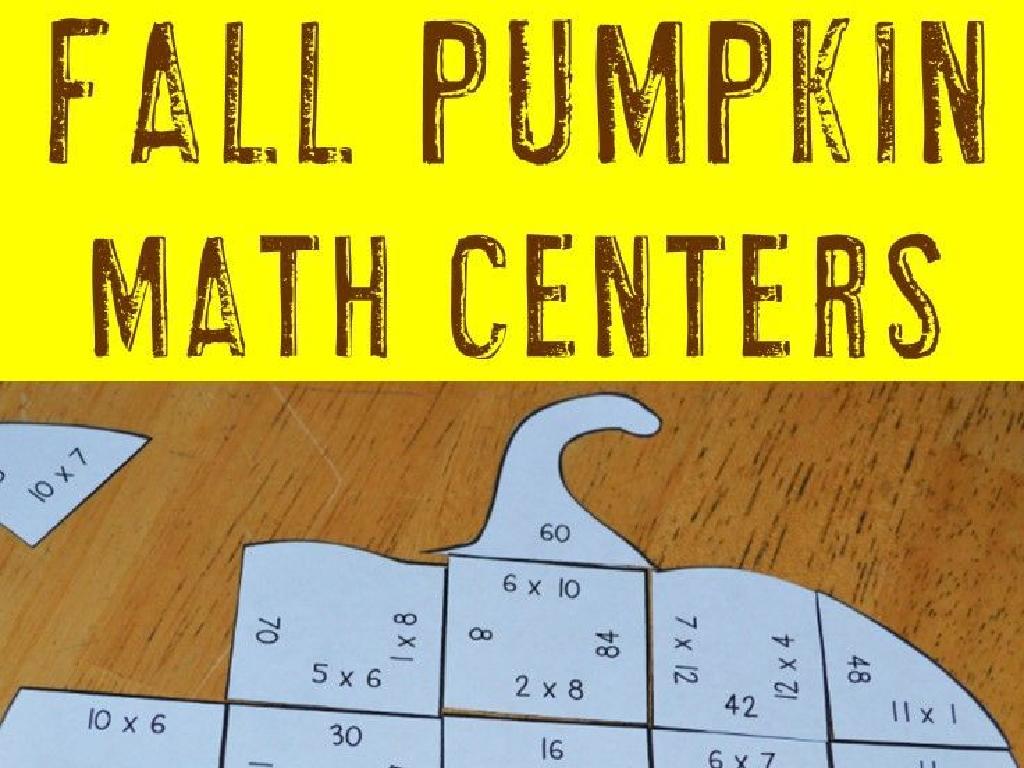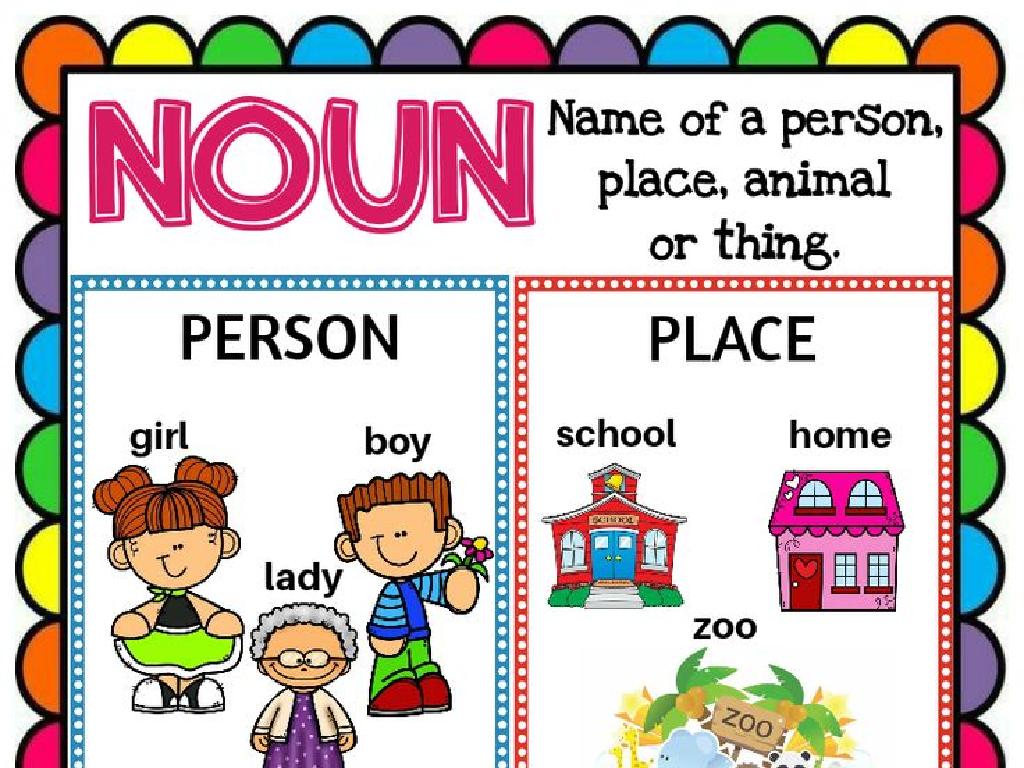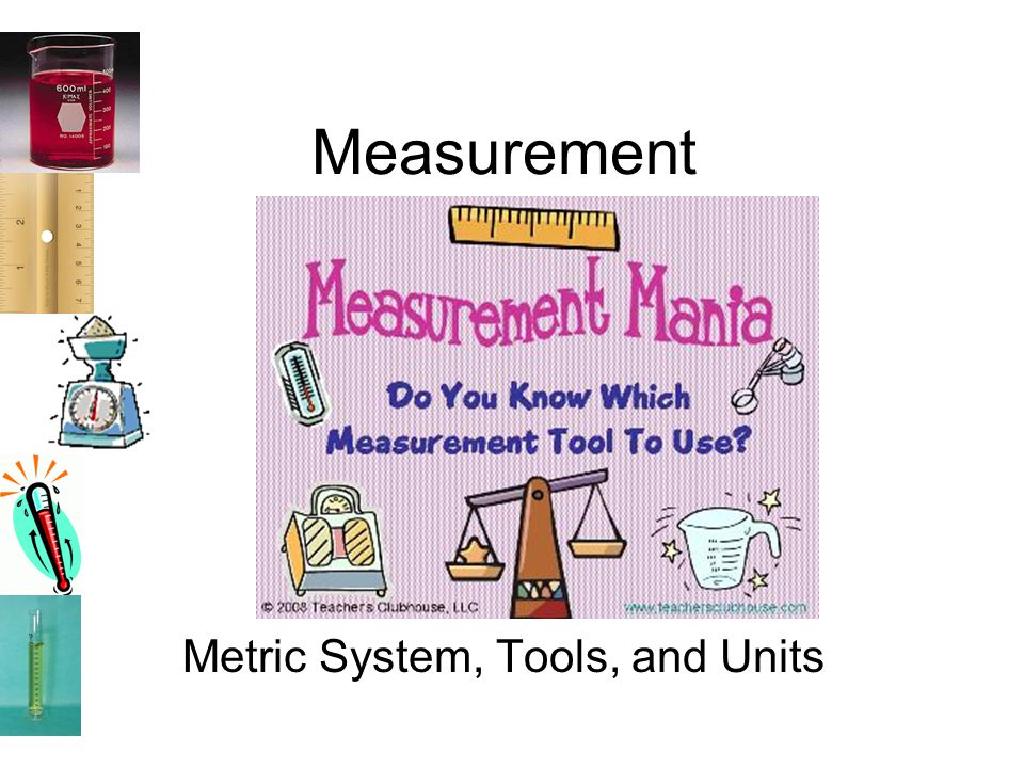Compare Rational Numbers
Subject: Math
Grade: Sixth grade
Topic: Rational Numbers
Please LOG IN to download the presentation. Access is available to registered users only.
View More Content
Welcome to Rational Numbers!
– Define rational numbers
– Numbers that can be expressed as a fraction a/b, where a and b are integers and b is not zero.
– Characteristics of rational numbers
– They include integers, fractions, and terminating or repeating decimals.
– Examples of rational numbers
– 1/2, -3, 0.75, and 5/1 are all rational numbers.
– Comparing rational numbers
– Use a number line or convert to common denominators to compare.
|
This slide introduces the concept of rational numbers, which are any numbers that can be written as a fraction with an integer numerator and a non-zero integer denominator. This includes all integers, fractions, and decimals that end or repeat. Provide clear examples to illustrate the concept, such as showing how both positive and negative numbers can be rational, and how every integer is also a rational number (e.g., 4 can be written as 4/1). Emphasize the importance of understanding rational numbers as a foundation for comparing them, which is a skill they will practice in this unit. Encourage students to think of their own examples of rational numbers and to visualize them on a number line for comparison.
Comparing Rational Numbers
– Rational numbers on a number line
– Place numbers on a line to compare sizes
– Fractions and decimals as rationals
– Understand both as types of rational numbers
– Practice identifying rational numbers
– Use examples to recognize and compare
|
This slide introduces students to the concept of rational numbers and how to compare them. Start by explaining that rational numbers are numbers that can be expressed as a fraction or decimal. Show how to represent and compare these numbers on a number line, which helps visualize their size relative to each other. Emphasize that both fractions and decimals are forms of rational numbers and can be converted into one another. Provide practice examples for students to identify rational numbers from a set of numbers and compare them, reinforcing their understanding of the concept. The activity should include a variety of rational numbers, including positive and negative fractions and decimals, to ensure a comprehensive grasp of the topic.
Comparing Rational Numbers
– Use inequalities to compare
– Determine which number is greater or less using , =
– Find common denominators
– To compare fractions, make the denominators the same
– Practice ordering numbers
– Arrange a set of rational numbers from smallest to largest
– Understand rational number order
|
This slide introduces students to the concept of comparing rational numbers, which includes both fractions and decimals. Start by explaining inequalities and how they can be used to show the relationship between two numbers. Emphasize the importance of finding common denominators when comparing fractions, as it simplifies the process of determining which fraction is larger or smaller. Engage the class with practice exercises where they order sets of rational numbers, reinforcing their understanding of the number line and the concept that a larger denominator does not always mean a larger fraction. Encourage students to think about where numbers would be placed on a number line to help visualize their order.
Real-life Applications of Rational Numbers
– Rational numbers in daily life
– Used in measuring ingredients, telling time, and sports scores.
– Financial literacy and rational numbers
– Budgeting, price comparisons, and interest rates involve rational numbers.
– Group discussion on rational numbers
– Share experiences where you’ve encountered rational numbers.
|
This slide aims to show students the practical applications of rational numbers in everyday life and financial literacy. Begin by explaining how rational numbers are used in common activities such as cooking (measuring ingredients), sports (keeping score), and timekeeping. Then, discuss the importance of rational numbers in financial contexts, such as making budgets, comparing prices, and understanding interest rates. Encourage a group discussion where students can share and learn from each other’s experiences with rational numbers in real life. This will help them see the relevance of what they learn in math class to the world around them.
Class Activity: Number Line Race
– Gather materials for the race
– Understand the game rules
– Each student gets a number line, markers, and number cards
– Place rational numbers accurately
– Find where each number belongs on the line
– Aim to win the race!
|
This interactive class activity is designed to help students understand the concept of ordering rational numbers on a number line. Provide each student with a number line, markers, and a set of rational number cards. Explain the rules: students will draw a card and then place it on the correct spot on their number line. The objective is to be the first to correctly place all given numbers. This activity reinforces the understanding of rational numbers and their relative values. Possible variations include using different sets of numbers for each student, timing the activity for added challenge, or pairing students to promote teamwork.
Wrapping Up: Rational Numbers
– Recap: Rational Numbers
– Numbers that can be expressed as a fraction a/b, where a and b are integers and b is not zero.
– Homework: Comparison Worksheet
– Complete the worksheet to practice comparing different rational numbers using , or =.
– Next Class: Add & Subtract
– We’ll explore how to combine rational numbers by addition and subtraction.
– Keep practicing at home!
|
As we conclude today’s lesson, ensure students have a solid understanding of rational numbers as fractions or decimals that can be represented on a number line. For homework, students will reinforce their learning by completing a worksheet that requires them to compare rational numbers, which will help solidify their understanding of the number line and the concept of greater than, less than, and equal to. In the next class, we will build on this foundation by learning how to add and subtract rational numbers, an essential skill for their mathematical development. Encourage students to practice at home and come prepared with any questions for the next class.






